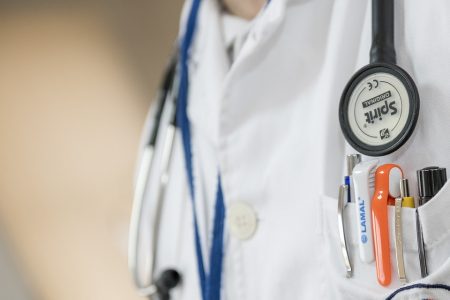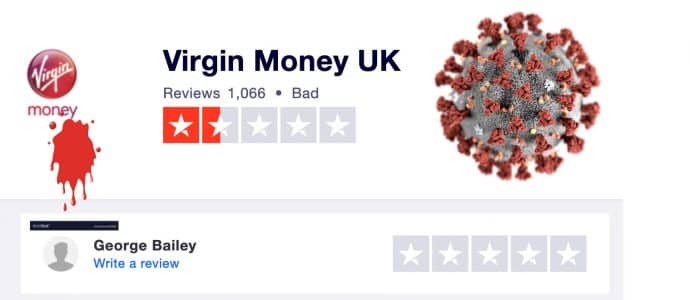Breath Test Detects 17 Diseases, Including Cancer - Dispatch Weekly
January 23, 2017 - Reading time: 4 minutes

A team of 45 international researchers from five countries has found that diseases can be detected through breathalyzers, characterized by different breath signatures.
The Study
The study, from January 2011 to June 2014, using 1,400 patients including 17 different and unrelated diseases including: lung, colorectal, head and neck, ovarian, bladder, prostate, kidney and stomach cancers.
Other illnesses investigated were: Crohn’s disease, ulcerative colitis, irritable bowel syndrome, Parkinson’s disease (two types), multiple sclerosis, pulmonary hypertension, preeclampsia and chronic kidney disease.
The samples were taken from 14 departments from 9 medical centers in 5 countries: Israel, US, France, China and Latvia.
The American Chemical Society reported that the study showed that 17 diseases could be found by ‘sniffing’ a patient’s breath.
Each Disease Had a Unique Fingerprint
Whereas the primitive act of smelling breath for disease detection was used before modern technologies, the study advanced this method by deconstructing a disease’s ‘breath print,’ examining particular properties, which each had a unique composition of 13 different ‘components.’
Each disease included a different “fingerprint” for each ailment, with the main research leader, Professor Hossam Haick saying:
“Each of these diseases is characterised by a unique fingerprint, meaning a different composition of these 13 chemical components.”
“Just as each of us has a unique fingerprint that distinguishes us from others, each disease has a chemical signature that distinguishes it from other diseases and from a normal state of health.”
“These odor signatures are what enables us to identify the diseases using the technology that we developed.”
The Use of AI to Detect Different Compounds
To identify the ratio of chemicals a Na-Nose was used, or an artificially intelligent nanoarray, using sensors made from gold nanoparticles and carbon nanotubes to distinguish different compounds.
The data is then evaluated by the artificial intelligence system that differentiates gender, age and health, choosing the correct affliction, with an 86 percent accuracy score.
Breathalyzers to Discover Early Stage Illnesses
This could be used at the early stage of a disease or illness where it is treatable. It could also be used for those who do not have the illness yet but have a high percentage of developing it in the near future.
The low cost of the method gives hope to researchers and patients, helping to classify diseases with relative ease, with Prof. Haick adding, “Breath is an excellent raw material for diagnosis.”
“It is available without the need for invasive and unpleasant procedures, it’s not dangerous, and you can sample it again and again if necessary.”
The early detection of such illnesses like Cancer is vital in recovery, with Cancer Research stating that, “Cancer that’s diagnosed at an early stage, before it’s had the chance to get too big or spread is more likely to be treated successfully. If the cancer has spread, treatment becomes more difficult, and generally a person’s chances of surviving are much lower.”

DW Staff
David Lintott is the Editor-in-Chief, leading our team of talented freelance journalists. He specializes in covering culture, sport, and society. Originally from the decaying seaside town of Eastbourne, he attributes his insightful world-weariness to his roots in this unique setting.




